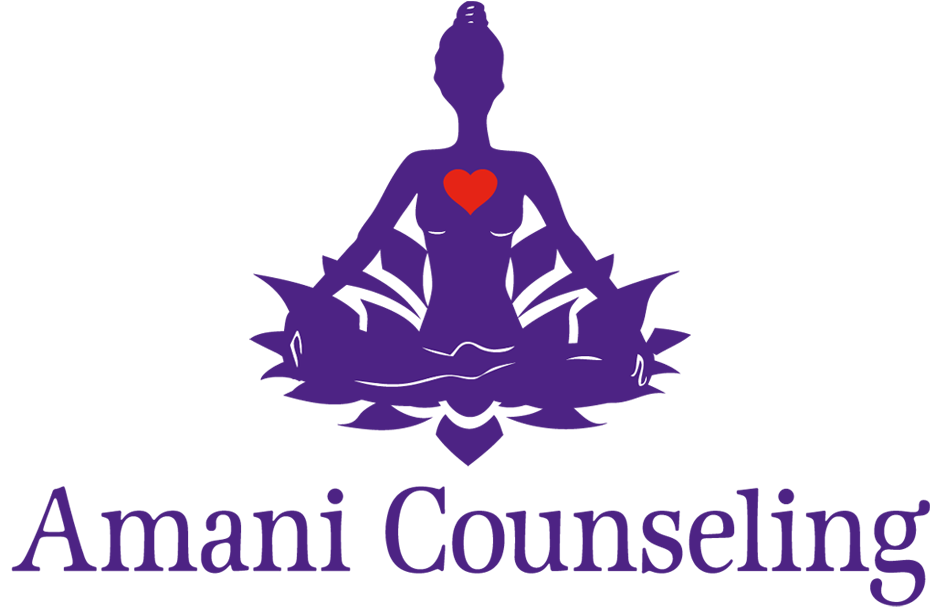In a somatic approach to therapy, the body is considered a source of information and a resource for healing. Traditionally therapists rely on talking to interact with clients during a session but somatically oriented therapists will turn to the wisdom of the body to guide the conversation. Somatic therapists learn to listen with their whole selves and read the body language of their clients. So much of who we are is expressed in how we move and how we make contact in the world. Clients are encouraged during the session to pause and notice sensations when they arise. They are taught to scan and track what is happening in the body and stay with the feelings that are present. Once a client has a direct experience of the pain or discomfort, they can begin to make the connections to thoughts, beliefs, or memories that are held in the nervous system and stored in the body. These memories are usually undigested trauma imprints that overwhelmed the system and were pushed away from the head and the heart.
Once this tension is met with a deep breath and a gentle presence, the client can integrate these memories and the body can return to flow.
Somatic tools for sessions include:
- Scanning, tracking, and noticing
- Exploring the window of tolerance
- Riding the waves of emotions
- Expanding our capacity to be with what is
- Allowing what is present to be present
- Receiving the wisdom the body offers
- Integrating the past memory into the present moment
- Expressing our deepest longing to be seen, heard, and held

